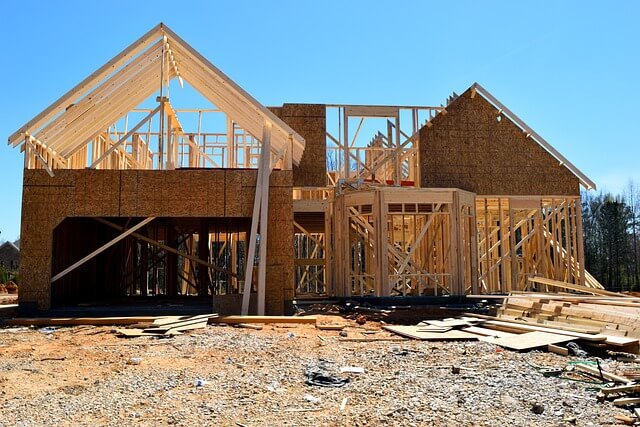TORONTO — Norbord Inc. reported Adjusted EBITDA of US$200 million for the third quarter of 2017 versus US$115 million in the third quarter of 2016 and US$165 million in the second quarter of 2017. The improvement is primarily due to higher North American oriented strand board (OSB) prices and shipment volumes.
EBITDA stands for Earnings Before Interest, Taxes, Depreciation, and Amortization. It is a financial metric commonly used to measure a company’s operating performance and profitability. EBITDA provides a clearer picture of a company’s profitability by excluding non-operating expenses such as interest and taxes, as well as non-cash expenses like depreciation and amortization. It is often used by investors, analysts, and lenders to evaluate a company’s ability to generate cash flow and its financial health.
“Our third quarter performance continued to accelerate and we delivered our best Adjusted EBITDA result in 13 years,” said Peter Wijnbergen, Norbord’s president and CEO. “In North America, our shipment volumes increased 5 per cent and benchmark OSB prices were 36 per cent higher year-over-year due to already strong OSB demand that was pushed even further by the hurricanes in the U.S. South.”
The company’s mill in Huguley, Alabama, and a new line at the Inverness, Scotland mill both started production in October.
The company notes that North American OSB shipments increased 5 per cent year-over-year due to increased mill productivity, but were in line with the prior quarter due to the approximately two weeks of lost production at the 100 Mile House, B.C., mill resulting from wildfire evacuations.
